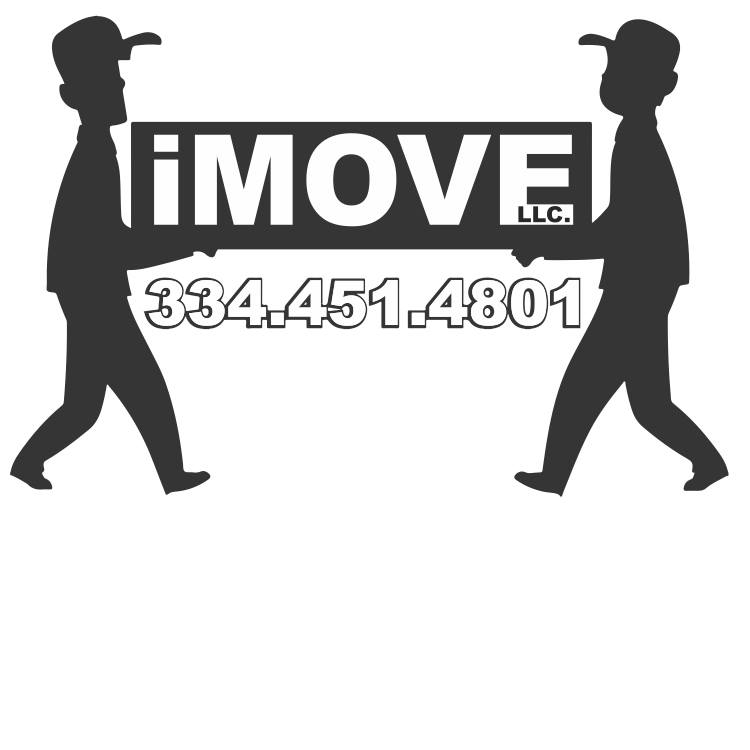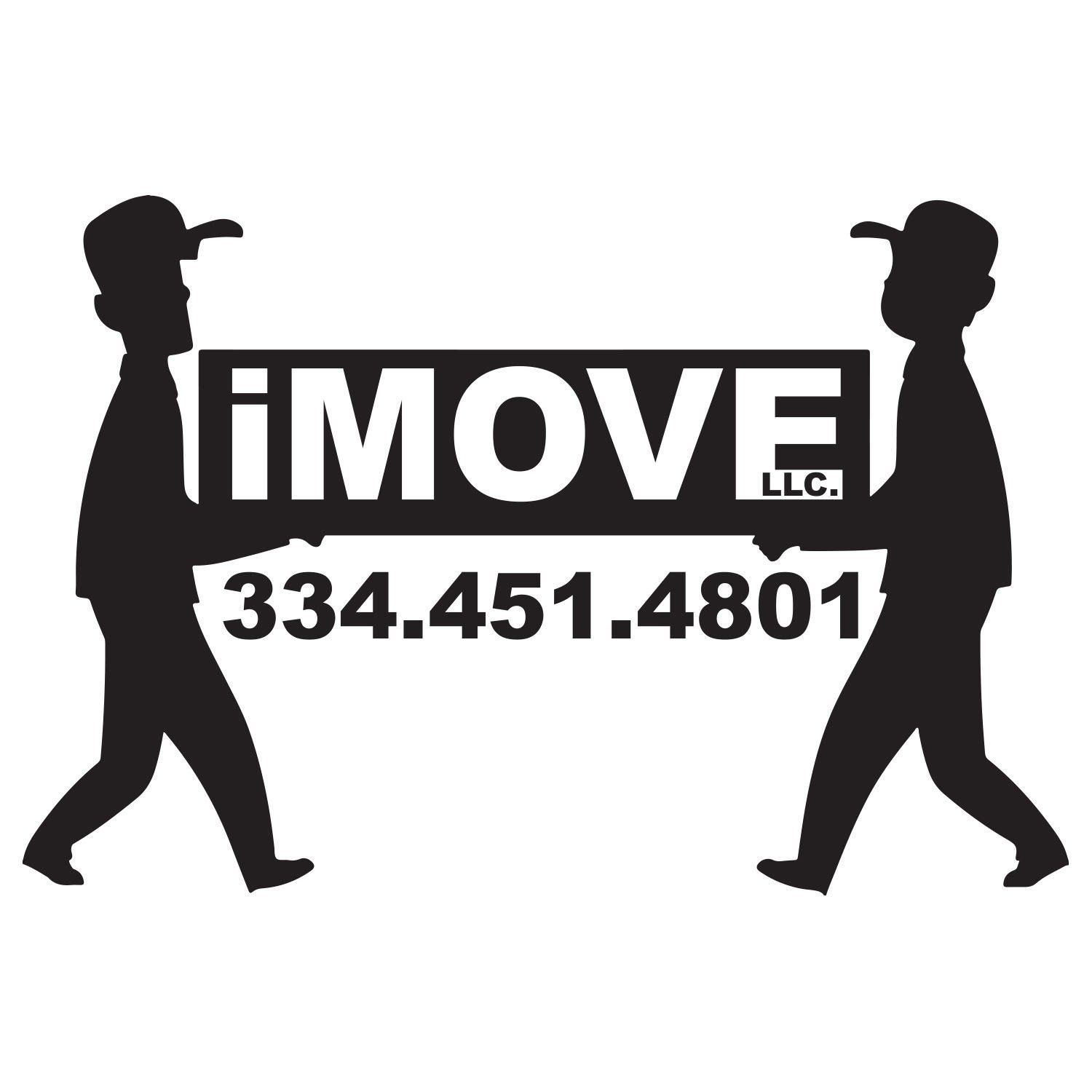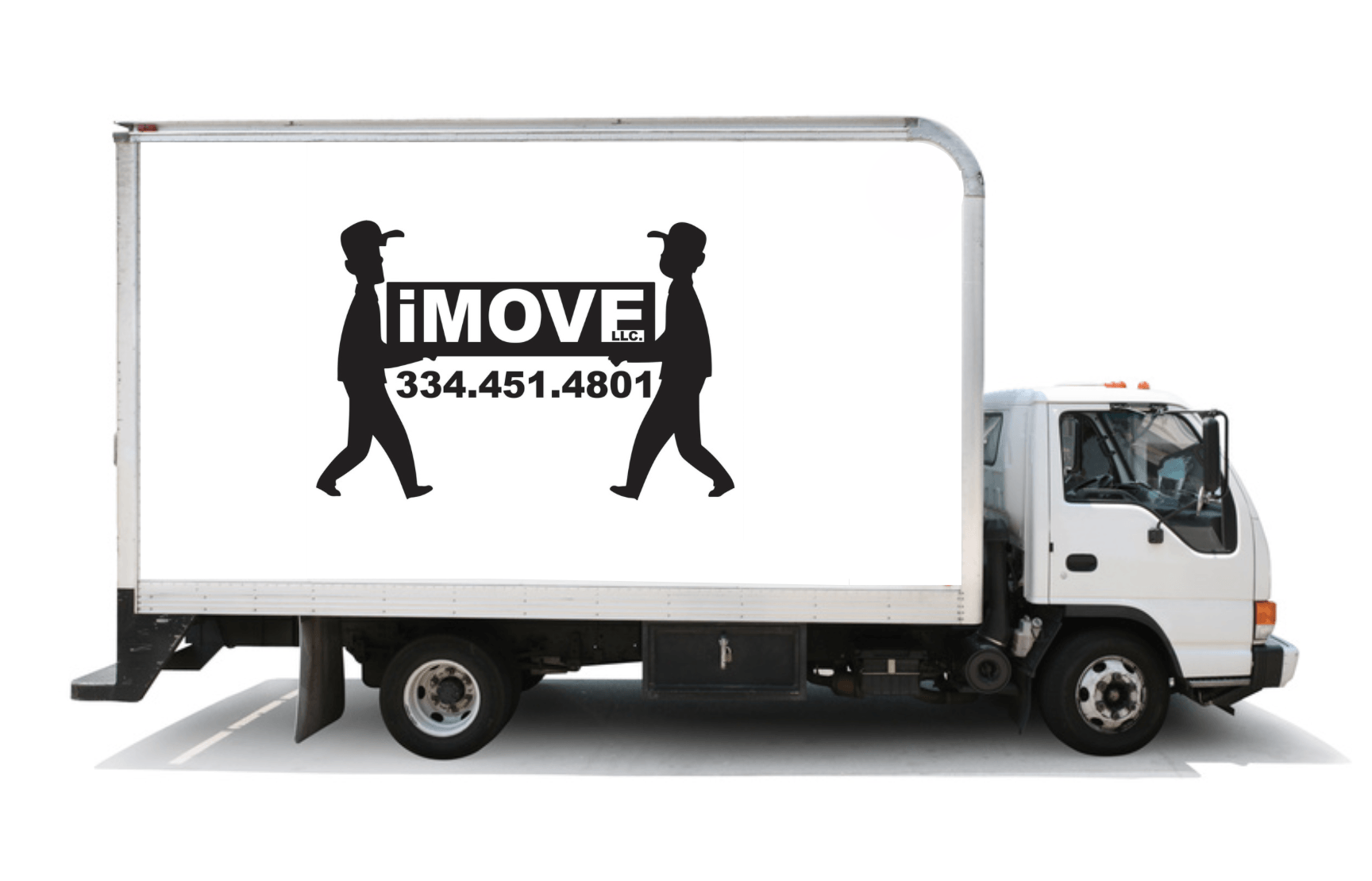How Many Moving Boxes You Need for a Stress-Free Move
Planning a successful relocation requires careful preparation, especially when it comes to packing materials. Moving day stress often stems from last-minute scrambling for supplies or discovering you've run short of boxes. Working with professionals who offer comprehensive moving services can help avoid these issues, as they bring expertise in assessing packing needs. For those handling their own packing, this guide provides practical estimates for box quantities. We suggest approximately 10 small, 8 medium, and 5 large boxes per room, plus specialty containers for unique items. Using small boxes for heavy items, medium for kitchenware, and large for bedding will make the process more manageable and prevent overpacking.
Assessing Your Belongings
Begin by thoroughly examining your possessions to determine what to keep, donate, or discard before moving. Start with one room at a time and declutter systematically. Sort items into categories: essentials, sentimental pieces, and unnecessary objects. Evaluate the condition and usefulness of each item when deciding if it's worth moving. Consider the dimensions and weight of furniture, appliances, and personal belongings. Take measurements when needed to confirm items will fit in your new space. Maintain an inventory of what you plan to move to estimate the number and sizes of boxes required. A thorough assessment streamlines the moving process and ensures you transport only what's truly necessary.
Estimating Box Sizes Needed
To ensure you have appropriate box sizes for your move, carefully assess the dimensions and quantities of your belongings. Categorize items based on their size and weight. Small boxes work best for heavy or dense items like books to prevent overloading. Medium boxes suit kitchenware and clothing. Bulkier items, such as bedding or pillows, typically require large boxes. Consider item fragility as well; delicate belongings may need additional padding and smaller boxes to prevent damage. Estimating the sizes needed for each category creates a smoother packing process and reduces the risk of boxes becoming too heavy or unwieldy to transport.
Factoring in Specialty Items
When packing specialty items, evaluate their unique size, shape, and fragility to determine appropriate box sizes and packing materials. Items such as musical instruments, artwork, or electronics demand extra attention. For guitars or sensitive electronics, consider specially designed boxes or custom crating to ensure safe transport. Larger, oddly shaped items may require custom-sized boxes or materials like bubble wrap or foam for adequate protection. Properly assessing the specific needs of these specialty items helps ensure they arrive at their destination intact, minimizing damage risks during the move.
Considering Fragile Items
Fragile items require careful handling and appropriate packing materials. To ensure safe transportation of delicate belongings, keep these points in mind:
- Bubble Wrap: Individually wrap each fragile item with bubble wrap to provide cushioning and protection.
- Packing Peanuts: Fill empty spaces in boxes with packing peanuts to prevent items from shifting during transit.
- Sturdy Boxes: Use sturdy, double-walled boxes for fragile items to prevent crushing or damage.
- Handle with Care Labels: Clearly mark boxes containing fragile items with 'Handle with Care' labels to alert movers and prevent mishandling.
Calculating Total Box Count
To estimate your total box requirements, consider your current home's size and room count. Generally, plan for approximately 10 small boxes, 8 medium boxes, and 5 large boxes per room. These numbers vary based on your possessions and organizational habits. Also, account for specialty containers like wardrobe boxes for hanging clothes or dish barrels for kitchen items. Adding a 10-20% buffer helps cover unexpected items discovered during packing. Creating a detailed inventory using these estimations ensures you'll have sufficient boxes for a smooth moving experience, preventing last-minute supply runs that add unnecessary stress to your move.
Related Articles:





